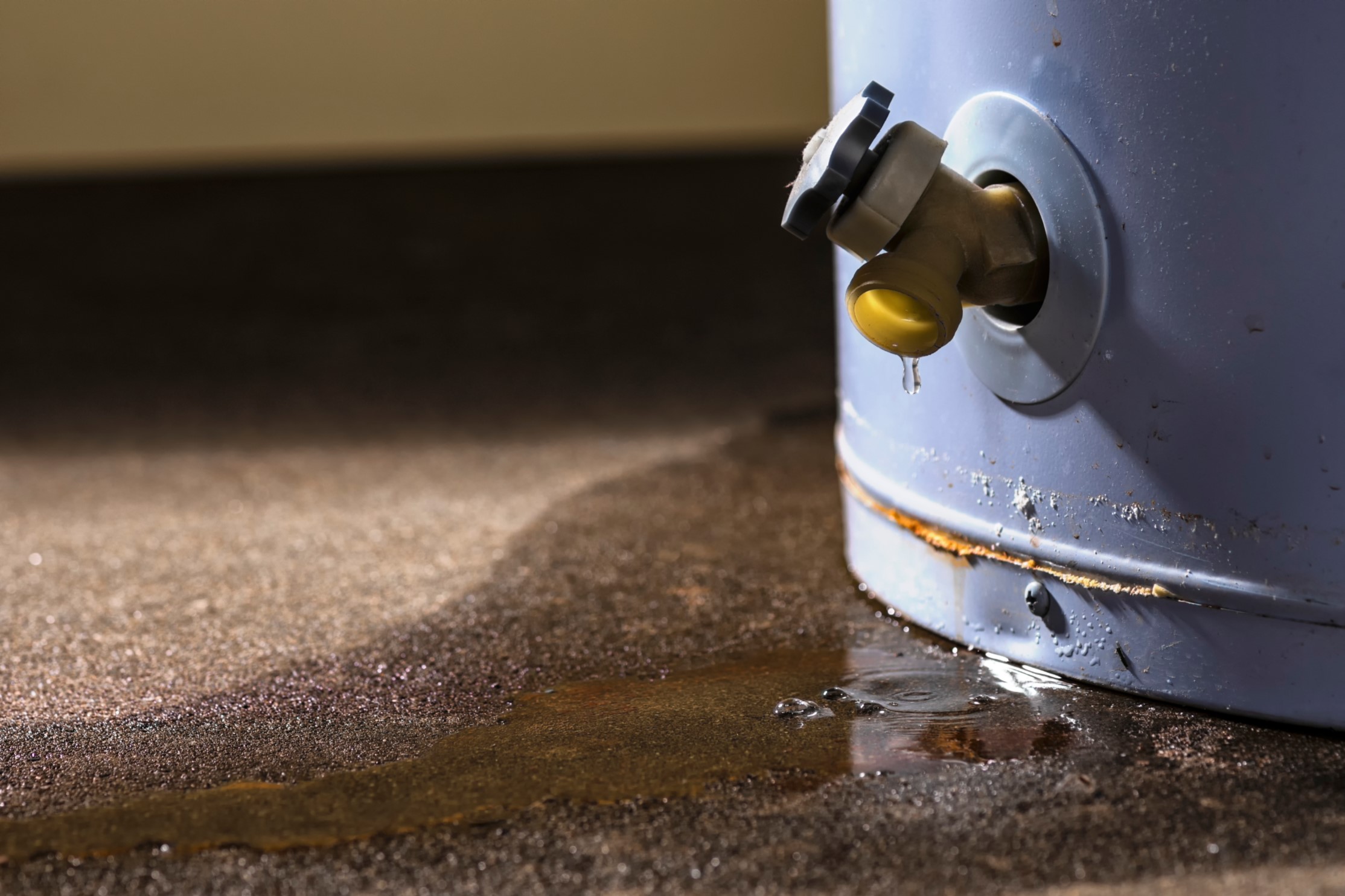The writer is making several good pointers about How to Maintain a Hot Water Heater in a Few Simple Steps in general in the article on the next paragraphs.

Hot water is important for everyday comfort, whether it's for a refreshing shower or cleaning meals. To ensure your warm water system runs successfully and lasts much longer, normal upkeep is vital. This article gives functional tips and understandings on exactly how to maintain your home's warm water system to avoid interruptions and costly repairs.
Intro
Preserving your home's warm water system may seem overwhelming, however with a few straightforward actions, you can guarantee it operates efficiently for many years to come. This guide covers everything from recognizing your hot water system to do it yourself upkeep ideas and knowing when to call professional aid.
Importance of Maintaining Your Warm Water System
Regular maintenance not just prolongs the life-span of your hot water system however additionally ensures it runs efficiently. Disregarding maintenance can bring about decreased performance, higher energy bills, and also premature failing of the system.
Indications Your Warm Water System Needs Maintenance
Recognizing when your warm water system requires attention can avoid significant concerns. Look out for signs such as inconsistent water temperature, unusual sounds from the heater, or corroded water.
Comprehending Your Warm Water System
Before diving right into maintenance jobs, it's handy to understand the standard elements of your warm water system. Normally, this includes the hot water heater itself, pipes, anode poles, and temperature controls.
Monthly Upkeep Tasks
Regular regular monthly checks can help catch minor problems prior to they intensify.
Purging the Hot Water Heater
Flushing your water heater eliminates debris build-up, improving efficiency and extending its life.
Monitoring and Changing Anode Rods
Anode poles prevent rust inside the tank. Examining and changing them when broken is important.
Evaluating and Readjusting Temperature Setups
Readjusting the temperature level settings ensures optimal performance and security.
Do It Yourself Tips for Upkeep
You can execute numerous upkeep jobs yourself to keep your warm water system in leading problem.
Checking for Leakages
Consistently evaluate pipes and connections for leakages, as these can bring about water damages and greater costs.
Testing Pressure Relief Valves
Examining the pressure safety valve ensures it works properly and stops extreme stress accumulation.
Protecting Pipelines
Protecting hot water pipes reduces heat loss and can save power.
When to Call a Professional
While DIY maintenance is beneficial, some concerns call for specialist know-how.
Facility Problems Requiring Specialist Assistance
Examples consist of significant leakages, electric problems, or if your hot water heater is regularly underperforming.
Routine Specialist Maintenance Benefits
Specialist maintenance can consist of detailed evaluations, tune-ups, and ensuring conformity with safety criteria.
Final thought
Regular upkeep of your home's hot water system is crucial for efficiency, long life, and expense savings. By complying with these tips and recognizing when to seek specialist aid, you can make sure a reliable supply of warm water without unexpected interruptions.
How to Maintain an Instant Hot Water Heater
Before tinkering with your hot water heater, make sure that it’s not powered on. You also have to turn off the main circuit breaker and shut off the main gas line to prevent accidents. Also turn off the water valves connected to your unit to prevent water from flowing into and out of the appliance. 2. When you’re done, you have to detach the purge valves’ caps. These look like the letter “T” and are situated on either side of the water valves. Doing so will release any pressure that has accumulated inside the valves while at the same time avoid hot water from shooting out and burning your skin. 3. When the purge valves’ caps are removed, you have to connect your hosing lines to the valves. Your unit should have come with three hoses but if it didn’t, you can purchase these things from any hardware or home repair shops. You can also get them from retail stores that sell water heating systems. Read the user’s manual and follow it to complete this task properly. When the hosing lines are connected, open the purge port’s valves. 4. You should never use harsh chemical cleaners or solutions when cleaning your unit. Make use of white vinegar instead. It should be undiluted and you’ll probably use about 2 gallons. 5. Now flush your water heater. This task should probably take about 40 minutes. We can’t give you specific directions for this because the procedure is carried out depending on the type, model and brand of your heater. With that being said, refer to the user’s manual. 6. When you’re done draining the unit, you have to turn off the purge port valves again. Remove the hosing lines that you earlier installed on each of the water valves. Put the valve caps (purge port) back in their respective places and be very careful so as not to damage the rubber discs that are found inside these caps. 7. Now that everything’s back in place, check your user’s manual again to find out how to reactivate your water heating system. 8. Once it is working, turn one of your hot water faucets on just to let air pass through the heater’s water supply pipes. Leave the tap on until water flows smoothly out of it. https://www.orrplumbing.com/blog/2014/september/how-to-maintain-an-instant-hot-water-heater/

I ran across that blog posting on What Kind of Maintenance Do Water Heaters Need? when exploring the web. Are you aware of anybody else who is excited about What Kind of Maintenance Do Water Heaters Need?? Do not hesitate to promote it. Thank you for taking the time to read it.
Call Today